Tourism boom opens the road to riches
By Hu Yongqi and Li Yingqing ( China Daily ) Updated: 2013-11-07 07:54:05Historic opportunity
Sonam's company lost 270 million yuan when the local infrastructure, including a large section of the highway, telecommunications and power facilities, was damaged by the quakes.
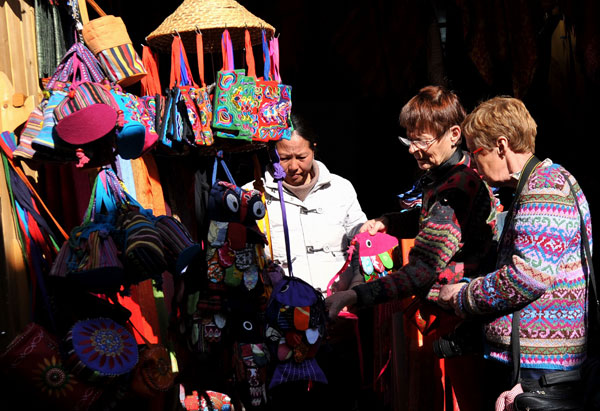 |
|
Tourists choose traditional artworks in Shangri-La. Xinhua |
The park, located in the Three Parallel Rivers of Yunnan Protected Areas, covers 170 square km and is noted for its deep, broad valley. It's also situated at a relatively low altitude compared with Shangri-La, a two-hour drive to the south.
Before the highway opened, the only means of access was a 50-cm-wide mountain path carved by the locals in 1979. Parents often had to tie their children to them, like roped mountain climbers, to ensure their safety on the hazardous trek.
In 1977, the 13-year-old Sonam left Bara for what was then Zhongdian, intending to sell some rubies he'd acquired in the village. "I can clearly remember walking barefoot for four days to Zhongdian. The people were scared when I told them where I came from," he recalled.
At that time, the parents of errant girls threatened to marry them off to men from Bara village if they failed to mend their ways, according to Sonam. "So you can see that the village had a really bad reputation," he said.
However, no one in Zhongdian was willing to buy the gemstones, so Sonam hitched a ride to Kunming, the provincial capital, where he met with yet more disappointment. Dispirited, he spent his last 40 yuan on a train ticket to Guangzhou, the capital of Guangdong province and a frontier city for China's reform and opening-up policy in the 1980s.
In Guangzhou, jewelry experts told Sonam that the gems were fake, so he returned to Zhongdian and, having run out of money, was forced to ask relatives for help. Unexpectedly, fate smiled on him when the owner of a coal mine in Zhongdian paid him 10,000 yuan for the gems.
"That was his first pot of gold. At that time, 10,000 yuan not only guaranteed a high social standing, but could buy many things, far more than you might expect," said Bara villager Kelsang Dondrup.
In the 10 years that followed, Sonam sold books, compact discs and clothing. His hard work paid off and he amassed more than 500,000 yuan, which he used to start other businesses, such as hostels and grocery stores. However, his ride to the top wasn't always smooth and at one point he lost all his property when he was conned by his business partners.
When Zhongdian was renamed Shangri-La in 2001, Sonam was inspired to formulate a plan to develop tourism in his home area. "I knew it was a historic opportunity for anyone interested in tourism, and, more importantly, I could help to provide the villagers with a better life," he said.
Initially, the county government refused to approve Sonam's plan, so he waited outside the office building for three days to personally outline his project to the county head.
"It was extremely hard for an individual operator to work in the travel industry at that time, especially at the outset," said one industry insider, who declined to give his name. "There were no favorable policies or government support. Basically, the investors had to do everything themselves."
The highway was a top priority for Sonam, but some of the villagers whose homes were on the proposed route refused to move, said Kelsang. Sonam held meetings with them every day. The atmosphere was often fractious and some of the village women even spat in his face.
"It was disgusting, but I had to listen to them and compromise. Otherwise, my dream wouldn't have come true," said Sonam. "However, fortitude is a quality shared by all the residents of the plateau and I refused to give up."
|
|
|
|
|
|
|
|
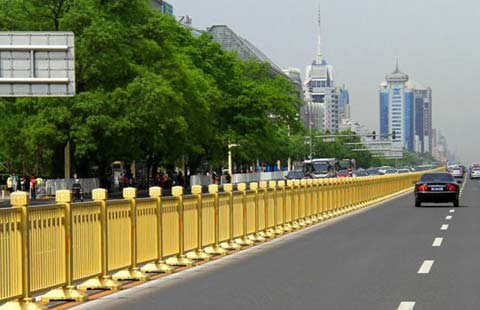


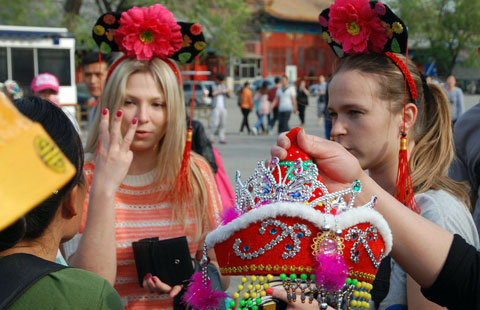

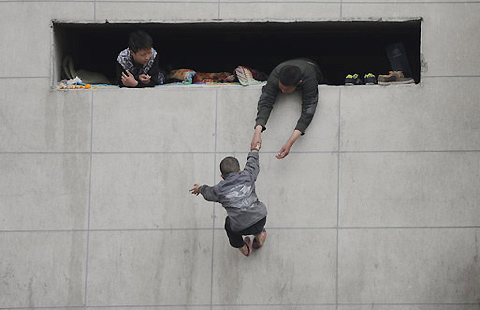


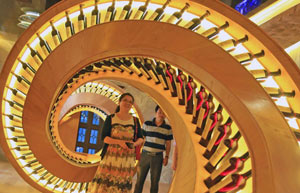
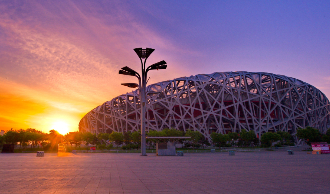
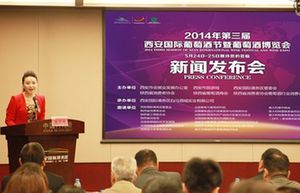
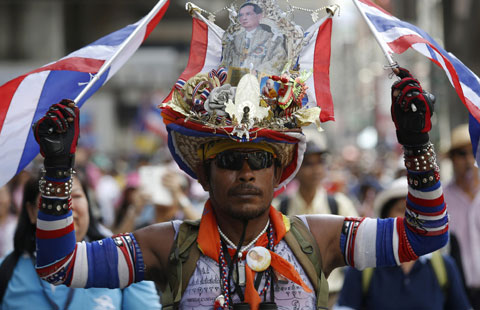


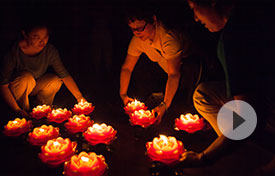



 Op Rana
Op Rana Berlin Fang
Berlin Fang Zhu Yuan
Zhu Yuan Huang Xiangyang
Huang Xiangyang Chen Weihua
Chen Weihua Liu Shinan
Liu Shinan